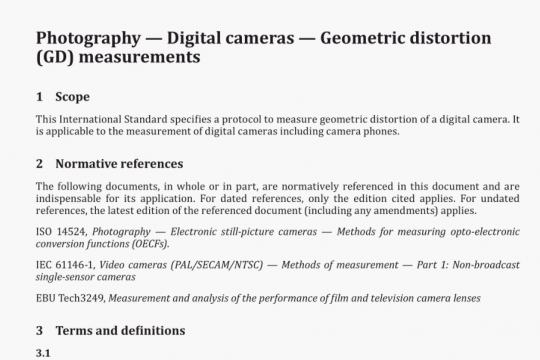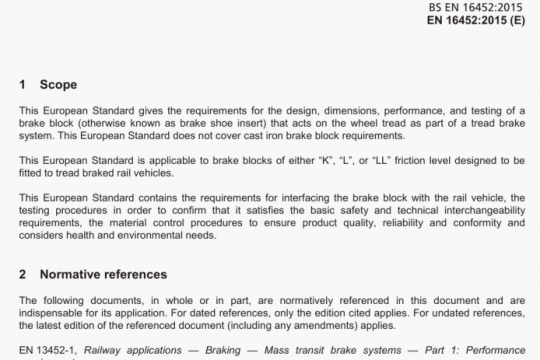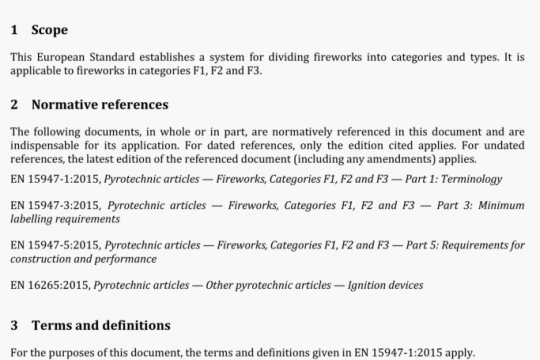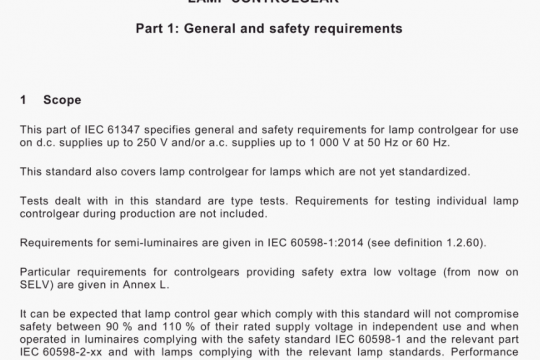BS EN ISO 105-B02:2014 pdf download
BS EN ISO 105-B02:2014 pdf download.Textiles – Tests for colour fastness Part BO2: Colour fastness to artificial light: Xenon arc fading lamp test (ISO 105- B02:2014).
52.1.1 The exposure device shall provide for placement of specimens and any designated sensing devices in positions that allow uniform irradiance from the light source
The spectral irradiance produced in an artificial accelerated light and weathering device is very important. Ideally, the relative spectral irradiance produced by the device should be a very close match to that of solar radiation, especially in the short wavelength UV region. Annex A provides information about Important benchmark solar spectra that can be used for comparing the spectral irradiance produced in the artificial accelerated exposure to that for solar radiation.
5.2.1.2 Exposure devices shall be designed such that the variation in irradiance at any location in the area used for specimen exposure shall not exceed ± 10 % of the mean. Procedures for measuring irradiance uniformity arc found in AnnexE.
NOTE The irradiance uniformity in exposure devices depends on several factors. The configuration of the lamp with respect to the specimens on exposure, including the differences in distance between the lamp(s) and the samples can affect uniformity of exposure. Deposits which can develop on the optical system and chamber walls, and the type and number of specimens being exposed, can also have an affect on uniformity of exposure.
5.2.1.3 Periodic repositioning of the test specimens in the test chamber is recommended to ensure the most consistent results.
5.2.1.4 Follow the apparatus manufacturer’s instructions for lamp and filter replacement.
5.2.1.4.1 Direct radiation from xenon burners contains considerable amounts of short-wavelength ultraviolet radiation not present in daylight. Optical filters shall be fitted to minimize short-wavelength light (less than 310 nm) in accordance with the requirements in Annex A. The xenon arc, when appropriately filtered, produces radiation with a spectral power distribution that is a good simulation of average daylight throughout the LIV and visible region.
5.2.1.4.2 Infrared radiation levels can be attenuated by use of filters to allow some control of the sample temperature.
5.2.1.5 It is preferred that the apparatus should be fitted with an irradiance sensing system. The irradiance sensor (if fitted) shall be mounted so that it receives the same radiation as the specimen surface. If it is not positioned in the specimen plane, it shall be calibrated for irradiance at the specimen distance.
5.2.1.5.1 The irradiance sensor (if fitted) shall be capable of measuring irradiance preferably in a specific wavelength range (e.g. 300 nrn to 400 nm), or in a narrow bandpass centred around a single wavelength (e.g. 420 nni) and shall be calibrated at the wavelength range or single wavelength, as appropriate. The measured wavelength or wavelength range shall be reported.
5.2.1.5.2 Where irradiance control is available, the irradiance shall be controlled at (42 ± 2) W/m2 in the wavelength range 300 nm to 400 nm or (1.10 i 0,02) W/(m2.nm) at the wavelength 420 nm.BS EN ISO 105 pdf download.




